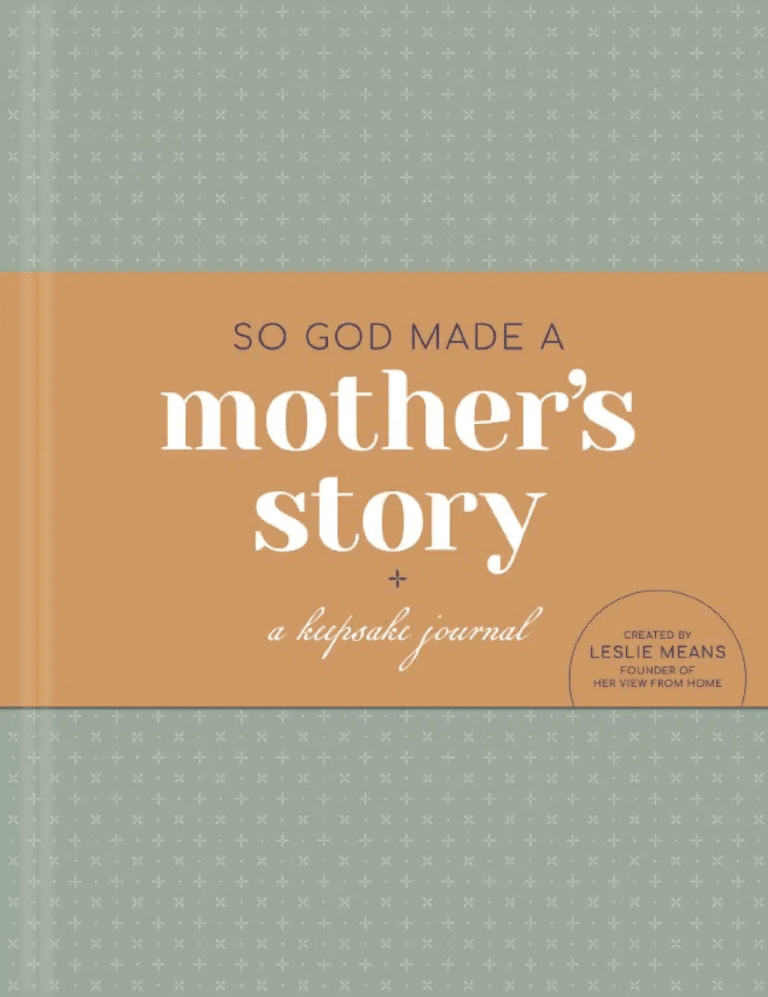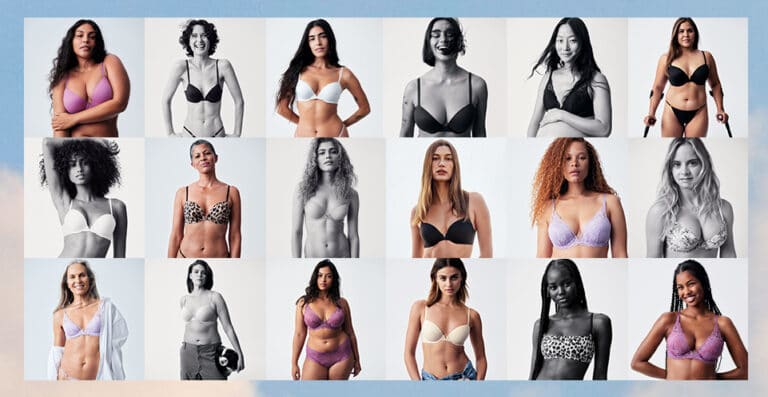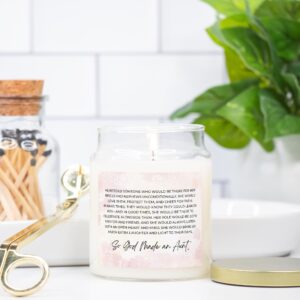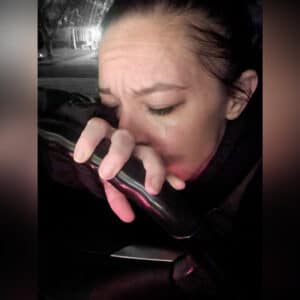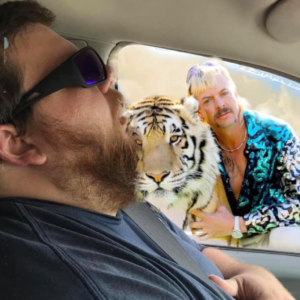Victoria’s Secret has never made me cry before.
I haven’t shopped there in years, and I steer away from their website and social media channels.
It’s an intentional choice after spending more than a decade of my life comparing myself to the models in their storefronts and on the pages of their magazines and ads. And after battling an eating disorder for most of my college years and into my early 20s, I’ve learned what triggers I need to avoid.
But it just so happened that this weekend I stumbled across an image from a marketing campaign for the company’s newest Love Cloud collection, which was released last week.
And when I saw it, I sobbed.
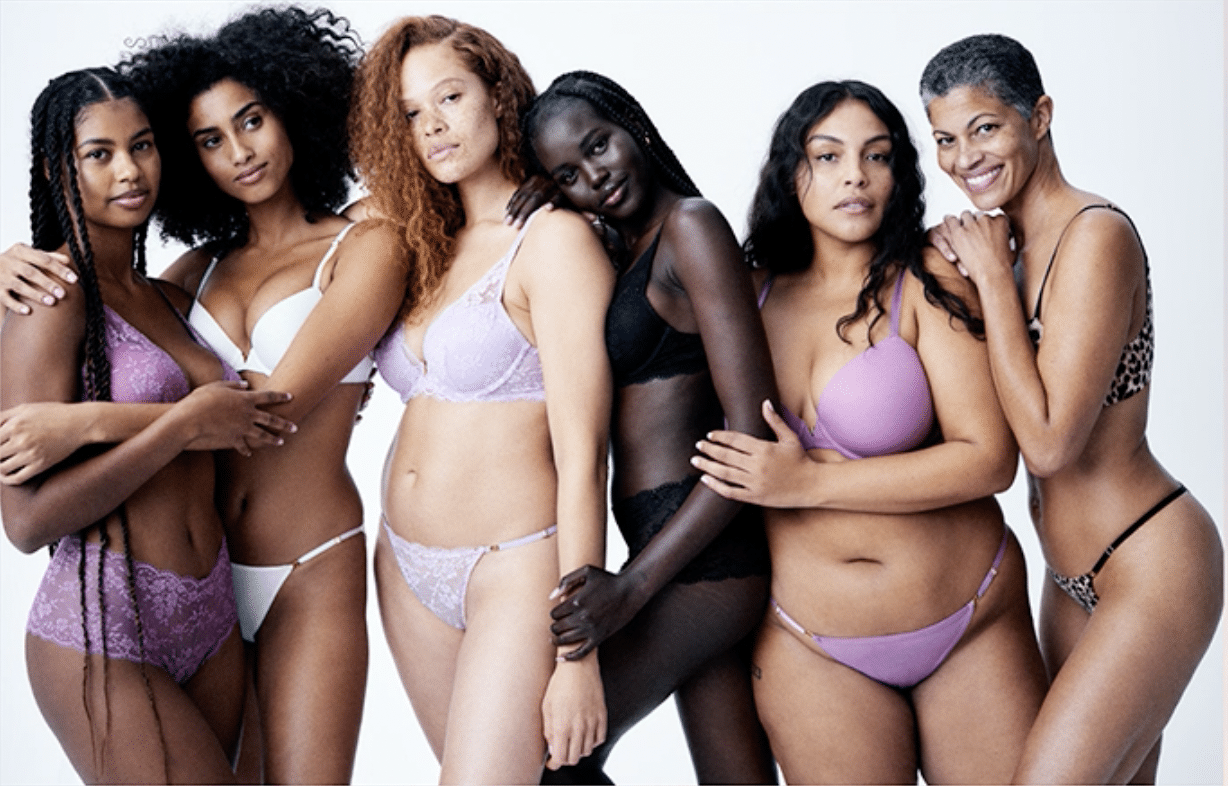
I sobbed because the models were absolutely beautiful.
I sobbed because they represented all different body shapes, skin tones, and ages.
I sobbed because after digging further, I learned that the collection features Sofia Jirau, the first model with Down syndrome.
I sobbed because I saw REAL WOMEN in it.
RELATED: Powerful Dove Ad Exposes How Social Media Beauty is Harming Our Girls
Women I would bump into on the street and in the grocery store, women who might be parked next to me in the school pickup line. Women with curves and stretch marks and wrinkles and cellulite and dimples and soft stomachs.
And I sobbed because I never fully realized how much influence and power this company—and so many others like it—had over the way I felt about myself for so long.
Because when I went back and looked up Victoria’s Secret campaigns from even just 10 years ago, this is what I remembered:
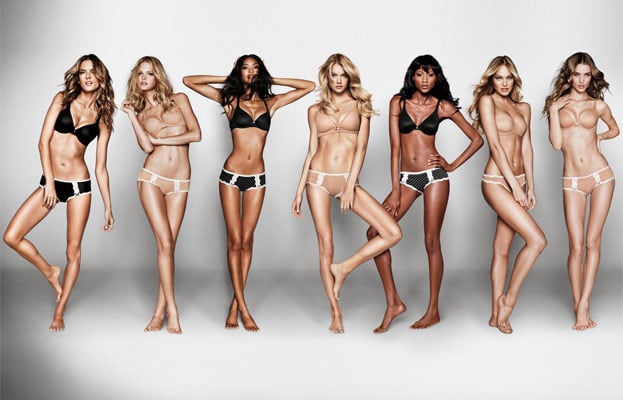
Teeny-tiny waists and enormous breasts and stick arms and measurements that were virtually impossible for any normal woman to achieve without starving herself.
This is the Victoria’s Secret I knew.
And do you know what I thought?
It’s no wonder.
It’s no wonder so many of us despise our bodies.
It’s no wonder so many women who were teenagers and young adults in the ’90s and early 2000s struggle with body image and body dysmorphia.
It’s no wonder we still define ourselves by the numbers we see on the scale or the calories we consume or the stats on our fitness monitors.
It’s no wonder we exercise compulsively or starve ourselves or binge and purge or do everything we physically can to make ourselves smaller and take up less space.
RELATED: My Body Looked Good, But My Health Was Spiraling
It’s no wonder we lived by the mantra that nothing tastes as good as skinny feels.
It’s no wonder we fight continuous, endless battles against self-criticism when it comes to our physical appearances.
We didn’t even need the internet to make us hate ourselves. Before we had phones to scroll, our teenage selves sat on our childhood bedspreads or huddled together on the floors of our dorm rooms with friends and flipped through magazines full of stick-thin-yet-impossibly-voluptuous women. We didn’t have Instagram, but we had Seventeen, Teen Magazine, CosmoGirl!, and Teen People.
We had Victoria’s Secret models.
And that was the standard we compared ourselves to.
That was “beautiful” to us.
That was what we thought we should be—what we had to be—in order to fit in, to be successful, to be liked, to be loved.
It’s no wonder.
And when I see these campaign images juxtaposed together, it really hits me.
It makes me impossibly sad that I never got to see these beautifully diverse models in the magazines and commercials that captivated me as a young adult.
RELATED: Why I Stopped Criticizing My Body in Front of My Daughter
It makes me wonder if things might have been different if I had.
But it also makes me so happy for little girls my own daughter’s age, for whom I pray diversity and inclusion will be the norm.
It makes me hopeful for the future.
And to Victoria’s Secret, on behalf of the millions of women who spent their lives chained to the standards you set, I just want to say this:
Thank you. It’s about time.
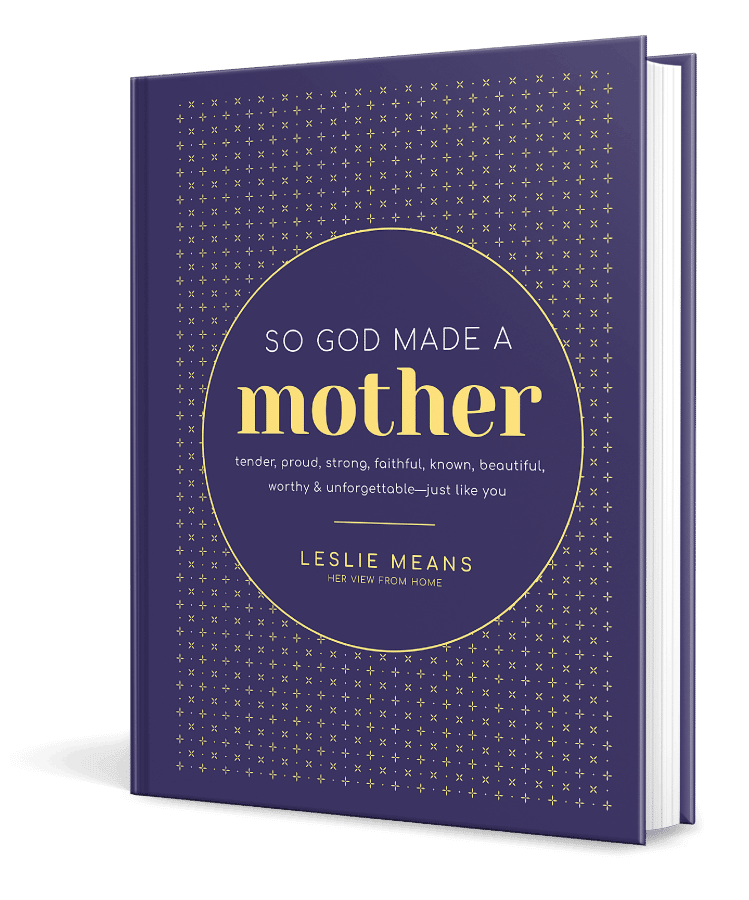
If you liked this, you'll love our book, SO GOD MADE A MOTHER available now!
Order NowCheck out our new Keepsake Companion Journal that pairs with our So God Made a Mother book!
Order Now